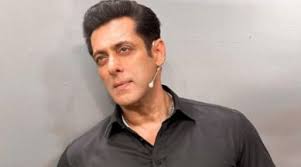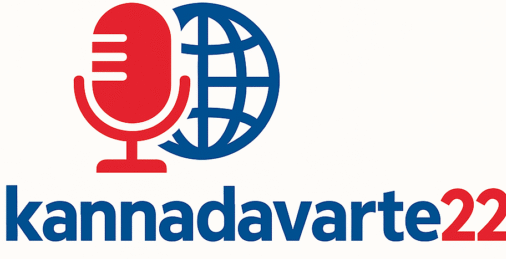
Celebrity status often masks personal struggles—but Salman Khan’s recent revelation highlights a serious health battle that has flown under the radar. In a candid segment on The Great Indian Kapil Show, the 59‑year‑old superstar revealed he’s confronting three major neurological issues: trigeminal neuralgia, a brain aneurysm, and an arteriovenous malformation (AVM)—all while continuing to perform demanding stunts and maintain a grueling schedule.
What Salman Said on the Show
He told audiences (in Hindi):
“Hum ye jo daily ki haddiyan tudwa rahe hain, pasliyan toot gai … aneurysm hai brain mein … AV malformation hai, uske bawajood chal rahe hain”
(“I’m out here breaking my bones every day—ribs are fractured. I’m working despite trigeminal neuralgia, there’s an aneurysm in the brain … there’s also an AV malformation, and still I’m carrying on.”)
Understanding the Conditions
1. Trigeminal Neuralgia
An intense facial pain disorder often called the “suicide disease,” it stems from irritation of the trigeminal nerve. Even light touch can trigger debilitating pain. Salman has battled this since at least 2007 and previously underwent surgery in the U.S.
2. Brain Aneurysm
This is a balloon-like bulge in a brain blood vessel that may rupture, causing hemorrhagic stroke. Often symptomless until a crisis occurs, Salman’s aneurysm remains under close watch.
3. Arteriovenous Malformation (AVM)
AVM refers to a disrupted tangle of arteries and veins that bypasses capillaries—potentially leading to seizures, headaches, or bleeding.
Expert Insight
“Dr Narander Singla … said that a brain aneurysm and an arteriovenous malformation (AVM) are ‘both related to abnormalities in the brain’s blood vessels and can pose significant health risks if not properly managed.’”
This highlights the gravity of Salman’s conditions: both aneurysms and AVMs can result in life‑threatening brain hemorrhages, seizures, or permanent damage—making timely intervention essential.
Treatments & Management
- Trigeminal Neuralgia: Managed through anticonvulsants, nerve block procedures, or surgical options like microvascular decompression.
- Brain Aneurysm: Small, stable aneurysms are monitored; larger or riskier ones may undergo coil embolization or surgical clipping.
- AVM: Treatment options include endovascular embolization, microsurgery, and stereotactic radiosurgery—chosen based on size, location, and rupture risk.
Salman’s Journey: Raising Awareness Through Transparency
Salman’s openness is more than personal—it’s impactful. His struggle highlights the importance of recognizing silent neurological conditions that often go undiagnosed until critical events occur. By shedding light on his journey, he encourages millions to seek help and medical evaluation—especially for persistent headaches, facial pain, or neurological symptoms.
Final Thoughts
Salman Khan’s story is one of resilience and vulnerability. Facing three complex neurological conditions, he’s chosen to stay active and transparent, continuing his demanding career. His bravery turns personal trials into a collective call for awareness and medical vigilance, reminding us that health comes before heroism.
read more from this site click here
